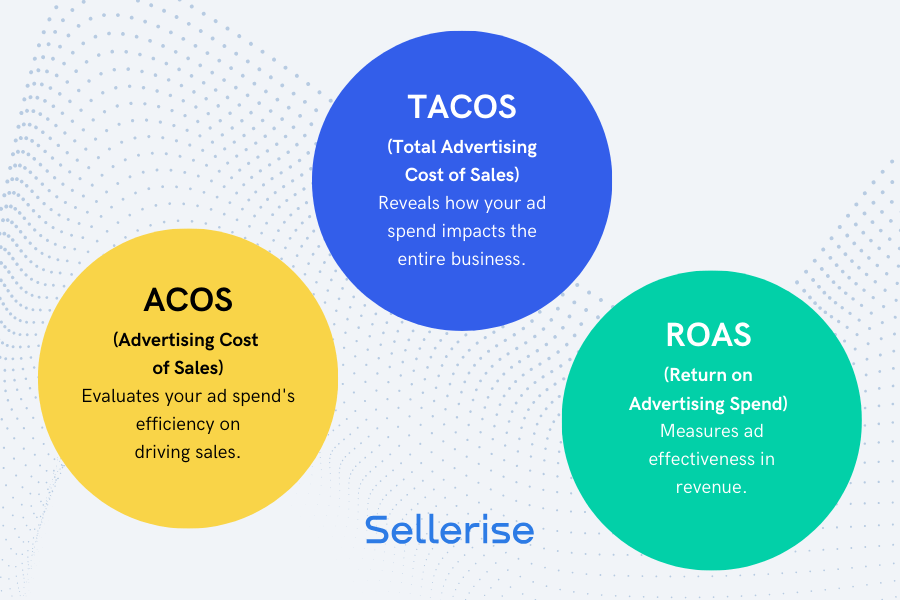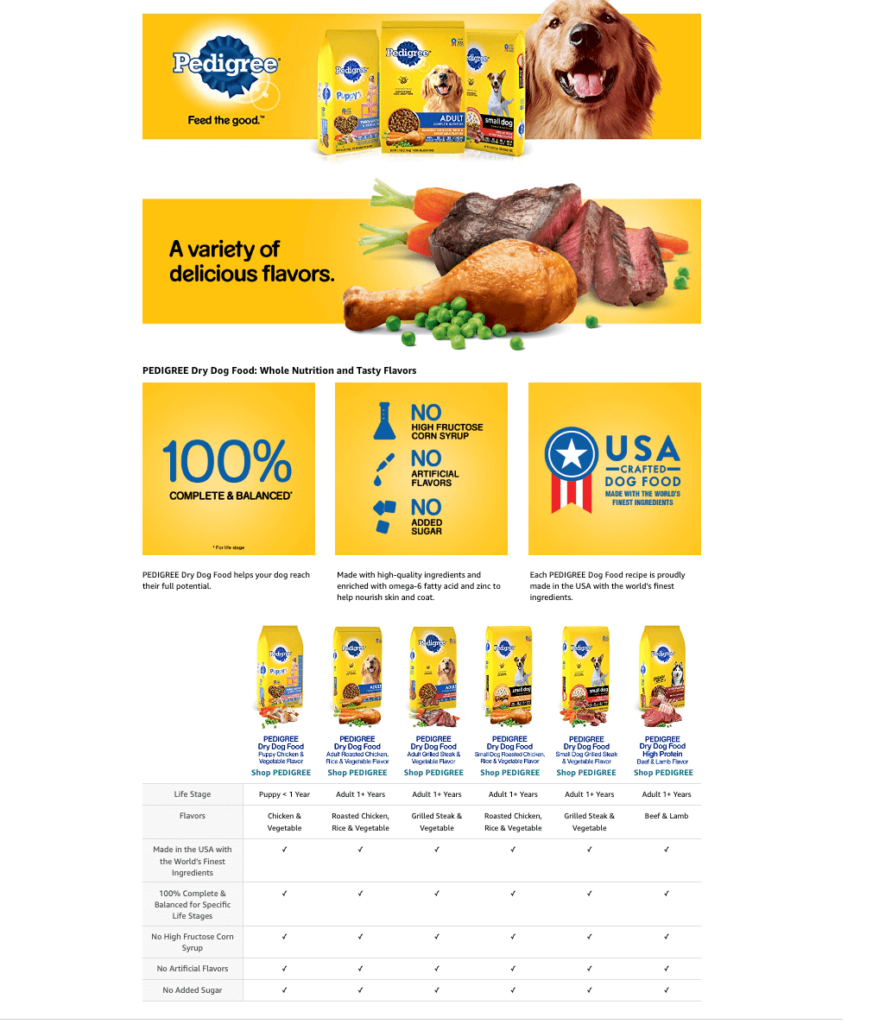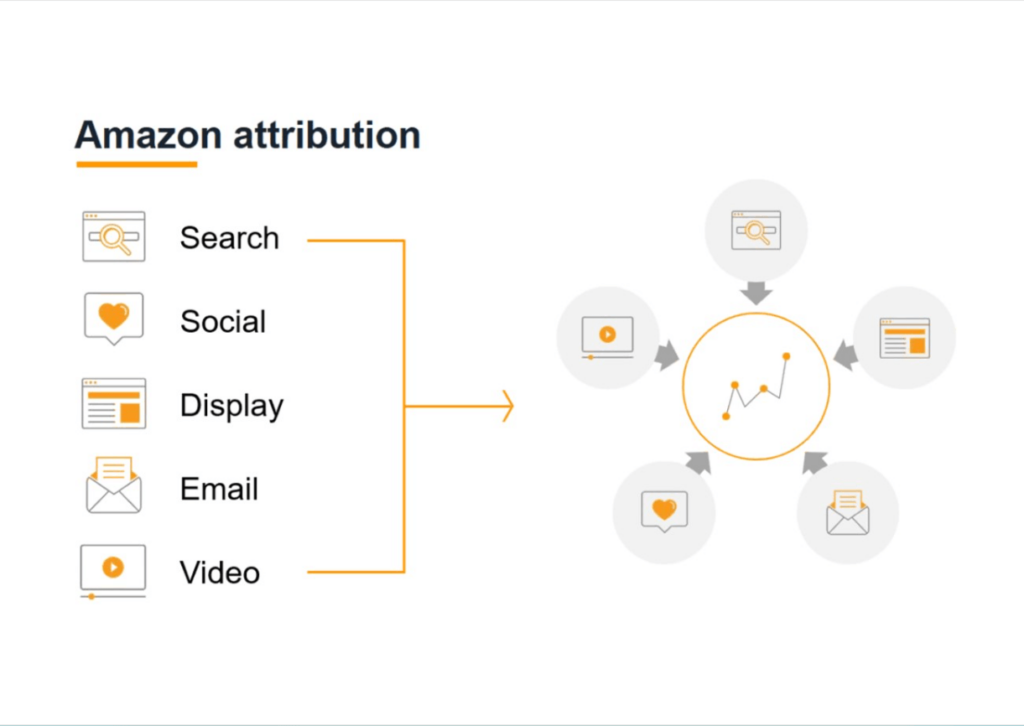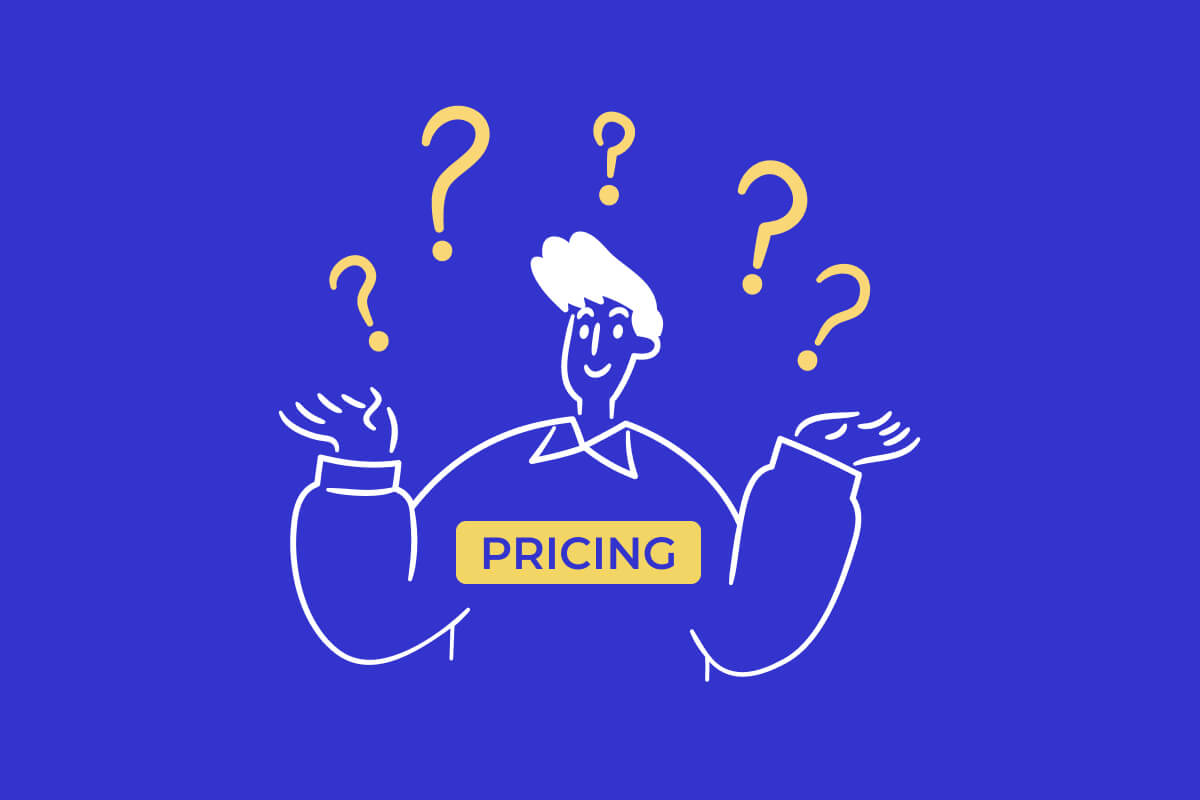10 Amazon Marketing Strategies: The Complete Guide to Boosting Sales and Visibility
Sellerise Team, Contributor
6 min read -
Updated:Amazon is the biggest e-commerce platform on the planet.
Millions of products are listed every single day, and behind each one there’s a seller fighting for attention. If you’re new to selling, or even if you already have a brand up and running, you’ve probably noticed that just uploading your product and waiting rarely works anymore.
The truth is, competition is fierce. Ad costs are climbing. Buyers are more demanding than ever.
That’s why a clear marketing strategy is no longer optional: it’s the backbone of sustainable success on Amazon.
Sellers who treat Amazon as an ecosystem instead of a simple storefront, optimizing every step of the buyer journey, from ads to reviews to branding, are the ones who manage to climb the rankings and stay there.
In this guide, I’ll walk you through 10 marketing strategies that actually work in 2025. More importantly, I’ll explain why they matter and how you can put them into practice.
Why a Marketing Strategy is Non-Negotiable on Amazon
Amazon’s search algorithm revolves around one thing: customer satisfaction. Every action you take, whether it’s tweaking a title, launching ads, or building reviews, feeds into that bigger goal.
Here’s what a strong strategy helps you achieve:
- More visibility so buyers actually see your product.
- Stronger trust through reviews, branding, and consistency.
- Higher sales velocity, which feeds your organic ranking.
- A lower TACoS (total ad cost of sales) because ads and organic growth support each other.
- Staying relevant and competitive as your niche evolves.
Without strategy, sellers fall into price wars, burn cash on ads, or play catch-up with competitors. With strategy, you build systems that compound over time, and that’s how real brands and results such as the ones below are made:
Think of your listing as your sales page. If it’s unclear, half-done, or stuffed with random words, every click you get is wasted.
Here’s what matters most:
- Title: Add your most important keywords while keeping it readable.
- Bullet Points: Talk about benefits, not just technical specs. Buyers want to know why it matters to them.
- Description / A+ Content: Storytelling, visuals, and comparison charts go a long way in building trust.
- Backend Keywords: Sneak in the long-tail phrases buyers use but don’t fit naturally in copy.
- Images & Video: Crisp, high-res photos plus lifestyle images. A short video (20–30 seconds) can make all the difference.
👉 Pro tip: If your listing doesn’t instantly answer “Why should I buy this?”, it’s not ready.
2. Master Amazon PPC Advertising
Amazon PPC is no longer optional. It’s the fuel that drives initial visibility, sales velocity, and keyword ranking. But with costs rising, efficiency is critical.
Key strategies:
- Focus on high-intent keywords: Build exact match campaigns for your most profitable terms.
- Segment campaigns by product lifecycle: Launch with aggressive bids, refine during growth, protect during maturity.
- Use negative keywords: Cut wasted spend by blocking irrelevant clicks.
- Explore ad types: Sponsored Products for direct sales, Sponsored Brands for awareness, Sponsored Display for retargeting, and Sponsored Video for high CTR.
- Optimize by placement: Increase multipliers for “Top of Search” if ROI is strong.
👉 Pro tip: Monitor TACoS, not just ACoS. The real goal is profitable total sales, not just cheap ad clicks.
3. Leverage Product Testing Campaigns Before Launch
Product Testing Campaigns are a powerful pre-launch and growth strategy. By sending your product to testers who resemble your ideal audience, you can:
- Gather authentic feedback to refine features, packaging, and messaging.
- Build early keyword relevance when testers search before buying.
- Prevent negative reviews by fixing issues before launch.
- Improve listings with real customer language.
Testing creates early momentum and ensures your first wave of buyers becomes your strongest advocates.
4. Build Reviews and Social Proof
On Amazon, reviews are as valuable as gold. They don’t just influence buyers, they influence rankings too.
Ways to build them responsibly:
- Use Amazon’s “Request a Review” button for every order, OR automate review requests using Review Requester.
- Automate polite follow-ups (within Amazon’s rules).
- Make sure your packaging and instructions reduce buyer frustration.
- Encourage happy customers to share photos or videos you can repurpose.
👉 Pro tip: Early on, quality matters more than quantity. 10 thoughtful reviews beat 50 one-liners.
5. Drive External Traffic
Amazon loves when you bring shoppers from outside their ecosystem. It signals demand and helps boost your organic ranking. Plus, it diversifies where your sales come from.
Traffic sources worth testing:
- Google Ads for high-intent searches.
- Social ads on Instagram, TikTok, or Facebook.
- Influencer partnerships, especially with micro-influencers.
- Email marketing to bring repeat buyers back to Amazon.
👉 Pro tip: Always track results with Amazon Attribution so you know which channel is paying off.
6. Invest in A+ Content and Amazon Stores
Amazon isn’t just about single products anymore. You also need to work on a brand presence. If you’re Brand Registered, you’ve got tools that give you a serious edge.
A+ Content lets you:
- Add visuals, charts, and branded storytelling.
- Compare your products to competitors.
- Create a polished look that builds trust.
Amazon Stores let you:
- Showcase your entire catalog in one branded “mini website.”
- Run Sponsored Brand ads that direct traffic straight to your store.
- Create a seamless environment for cross-selling and upselling.
👉 Pro tip: Don’t think of your Store as just a catalog. Treat it like your homepage inside Amazon: a space where you control the story.
7. Keep an Eye on Data and Adjust Often
Amazon is not a set-and-forget marketplace. What works today can stop working tomorrow. Keywords shift, competitors tweak their ads, and customer expectations change quickly.
The sellers who win long-term are the ones who keep their finger on the pulse. That means checking your numbers regularly and making small adjustments before problems snowball.
Watch for:
- PPC placement performance.
- Search term reports showing wasted spend.
- Conversion rates for your top keywords.
- Trends in your reviews, recurring complaints or new praise.
- Competitor pricing and positioning.
👉 Pro tip: Don’t overhaul everything at once. Small, steady tweaks compound over time.
8. Protect Your Brand
As your sales grow, competitors will notice, and some won’t play fair. Listing hijackers, knockoffs, and competitors bidding on your brand terms are all common.
Protect yourself by:
- Enrolling in Amazon Brand Registry.
- Running brand defense ads on your name and product keywords.
- Monitoring your listings for hijackers or unauthorized sellers.
- Using Sponsored Brands to dominate premium placements with your own products.
👉 Pro tip: Brand protection isn’t just defense. It ensures every dollar you invest in awareness leads buyers to your product, not someone else’s.
9. Use Pricing and Promotions Strategically
Shoppers on Amazon are incredibly price-sensitive. Even small changes in price or discounts can have a huge impact on sales velocity and rankings.
Tools at your disposal include:
- Coupons (great for CTR boosts).
- Lightning Deals (short bursts of urgency).
- Best Deal promotions (good for mid-term pushes).
- Price testing to find that sweet spot between conversions and profit margins.
👉 Pro tip: Time your promotions around demand spikes: Prime Day, Black Friday, Cyber Monday. That’s when the ranking boost pays off the most.
10. Take Advantage of Analytics & Attribution
Data is what separates guesswork from strategy. Amazon has been rolling out more tools that give sellers better insights, especially if you’re Brand Registered:
- Amazon Attribution shows you exactly how external traffic performs.
- Brand Analytics reveals top search terms and customer behavior.
- Category-level data helps you spot rising trends early.
👉 Pro tip: Use these insights to fuel a feedback loop, double down on what’s profitable, cut what’s not, and update your listings with new high-converting keywords.
The Future of Amazon Marketing
The days of throwing up a listing and waiting for sales are long gone. Amazon has become a full marketing ecosystem where ads, SEO, branding, and customer experience all blend together.
Here’s what the winning sellers in 2025 will be doing:
- Combining paid ads with strong organic strategies.
- Treating Amazon as a brand-building platform, not just a sales channel.
- Using AI tools to analyze trends and automate repetitive work.
- Prioritizing customer experience above everything else, because Amazon rewards satisfaction.
The bar is higher than ever. But so are the opportunities.
Final Thoughts
Amazon is constantly evolving, but one truth hasn’t changed: the sellers who adapt, invest in strategy, and put the customer first will always come out on top.
To recap, here are the 10 strategies you should be using:
- Optimize your product listings.
- Treat PPC as fuel for growth.
- Test products before launch.
- Build review velocity.
- Drive external traffic.
- Leverage A+ Content and Stores.
- Monitor data weekly.
- Protect your brand.
- Use pricing and promotions wisely.
- Let analytics guide your next moves.
Managing everything on Amazon can be overwhelming. SEO, PPC, reviews, and branding each require time and expertise, and it’s easy to feel stretched thin. That’s why many sellers work with specialized teams like intelliRANK.
They support sellers with areas such as product listing optimization and PPC strategy, helping reduce the workload so business owners can keep their focus on growth and operations. For more details, book a free 1-on-1 discovery call with intelliRANK.






